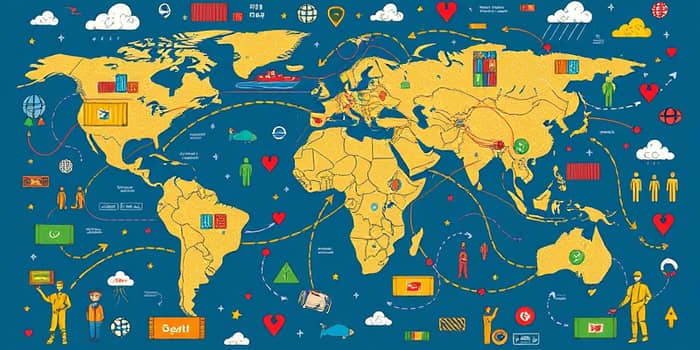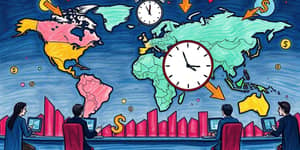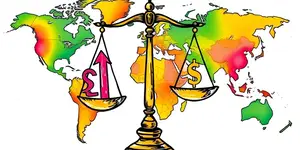
In 2025, global supply chains face an unprecedented mix of forces that demand fresh perspectives and bold actions. Understanding these dynamics is essential for leaders seeking both resilience and growth.
Today’s supply chains are no longer linear systems; they’re living ecosystems driven by innovation and disruption. From smart factories to connected ports, technology has redefined every link.
These forces converge in a world where hyper-transparency empowers suppliers, workers, and communities to hold organizations accountable. As a result, executives must balance innovation with responsibility.
Disruptions lasting more than a month now occur on average every 3.7 years, with 80% of organizations experiencing at least one major incident in the past year. The annual cost of these disruptions is estimated at $184 billion, underscoring their financial toll.
Common causes include climate-driven events like floods and droughts, labor strikes at critical ports or farms, and cyberattacks targeting vulnerable infrastructure.
Across industries—retail, automotive, semiconductors, pharmaceuticals—the ripple effects can paralyze production and shatter customer trust. Lingering pandemic aftershocks only magnify the urgency for robust contingency planning.
In the face of ever-mounting risks, companies must embed adaptability at the core of their operations. Resilience is no longer a buzzword; it’s a strategic imperative.
By taking a dual approach—combining tactical fire-fighting with strategic foresight—organizations can pivot faster when the unexpected strikes.
This table highlights the top areas where investment and innovation intersect. Companies that master these trends will secure a strategic edge.
Looking ahead, digital transformation and transparency will drive the next wave of supply chain reinvention. Stakeholders—from regulators to consumers—will demand greater accountability and visible impact reductions.
As supply chains grow more complex and interconnected, the companies that thrive will be those that view disruption as a catalyst for innovation rather than a setback.
In this era of constant change, the ability to sense, adapt, and evolve will define the market leaders of tomorrow. By embracing cutting-edge technologies, fostering cross-functional collaboration, and embedding sustainability at every touchpoint, organizations can turn vulnerability into competitive advantage.
The saga of supply chains in 2025 is one of challenge, transformation, and opportunity. Those ready to act decisively will not only endure the storms—they will chart the course for a more resilient and transparent global commerce ecosystem.
References













